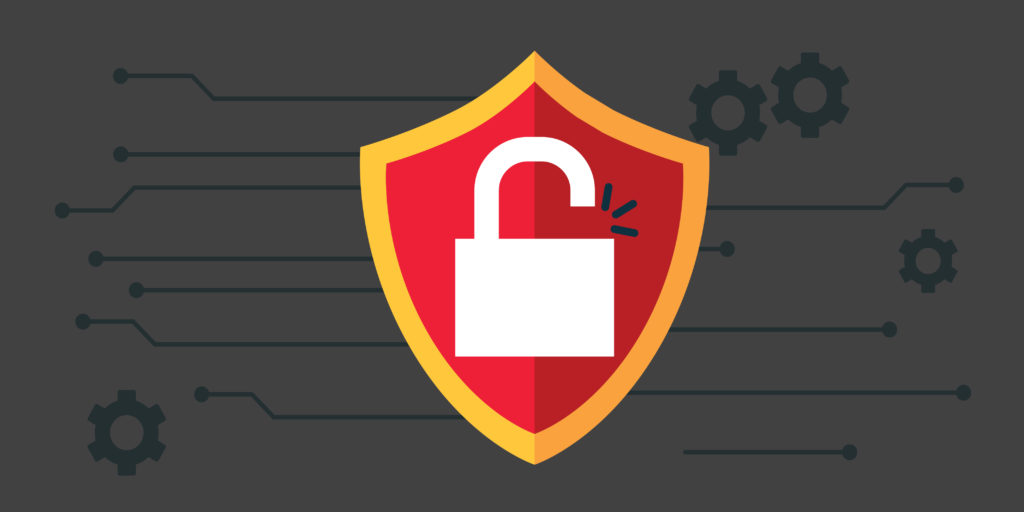
There are many facets of cyber crimes. Some attacks are meant to disrupt normal business activity, while others may aim to steal or encrypt data in an effort to extort money from the victim. Many of these attacks can be perpetrated by purchasing such attacks or can be initialized by the cyber crook themselves.
Planning to steal an organization’s data takes some time and thought. First, the attacker will need to understand the value of the data they seek to grab. Then, there needs to be some evaluation of the vulnerabilities of the system that will allow the hacker to access the data. This process can take months.
Some of the common vulnerabilities that can lead to data theft include:
- Weak credentials: Login credentials that are easy to guess or hack can be a huge security risk.
- Phishing: Cyber criminals try to phish employees in order to trick them into giving up their credentials or other access to resources.
- Third-party access: A third-party vendor, who has access to your network, can be tricked and compromised.
- Compromised devices: End-user devices can be vulnerable to malware. This malware can send information back to the command and control centers in order to gather information on the system and user. If the user of the device has elevated privileges, it can lead to lateral movement across the enterprise.
Data breach victims will experience loss of data, money and reputation. This can affect the organization and the individuals whose information has been lost.
Data breaches cannot always be prevented, but there are measures you can take to lessen the likelihood.
- Keep systems and devices up to date. Keep hardware and software patched.
- Educate employees: Knowledge is power. Educating end users about phishing and other social engineering techniques can help protect everyone.
- Use strong passwords and multi-factor authentication. Encourage the use of pass phrases. Longer is stronger. Implement multi-factor authentication for an additional level of security.
- Limit use of privileged accounts. Elevated permissions in accounts should be used sparingly. Never log into an account with elevated permissions when performing standard activity.
- Controlled access. Give access to databases on a need to know basis. If a user does not need access to perform their job, don’t give it.
